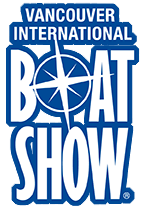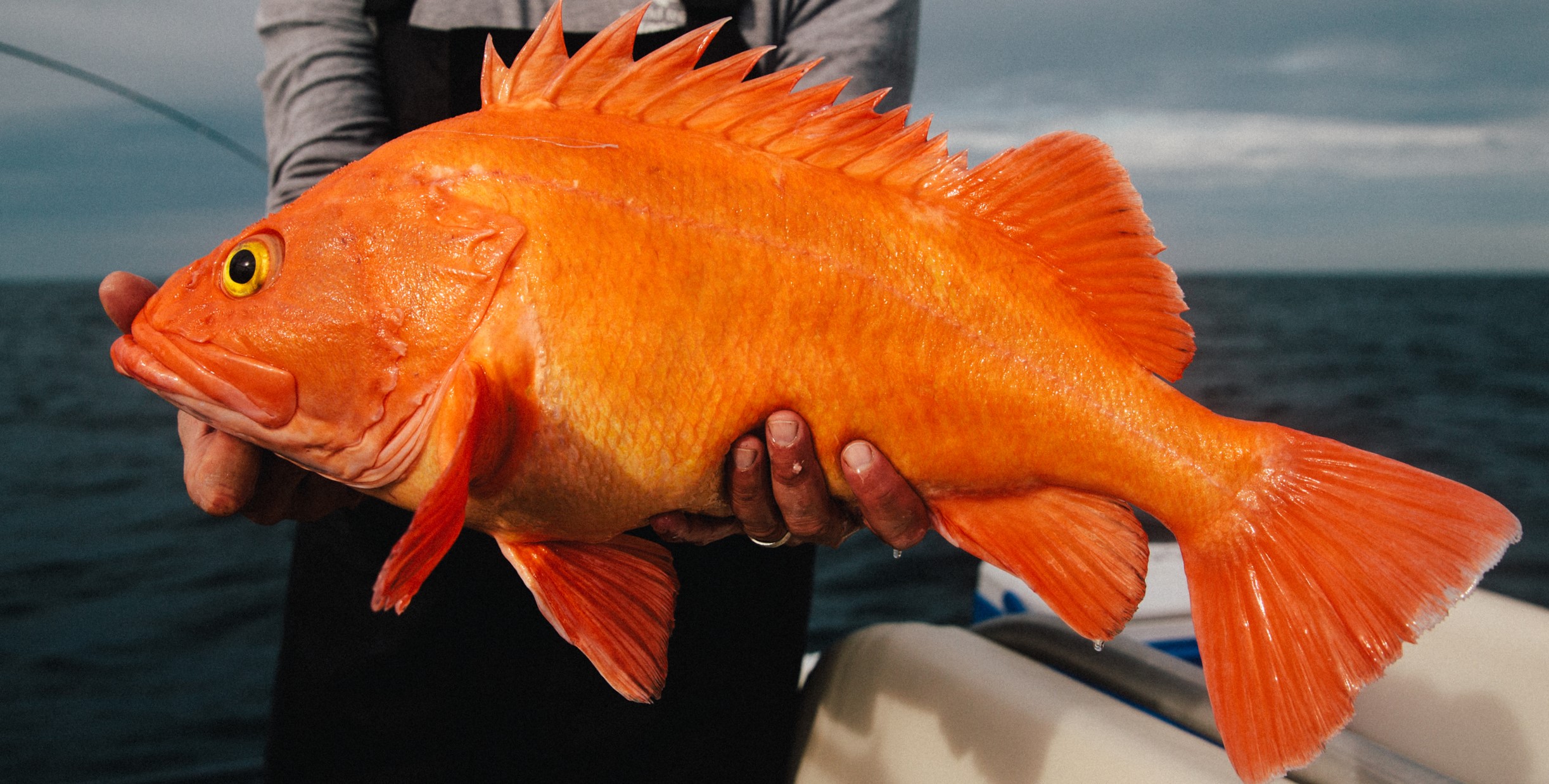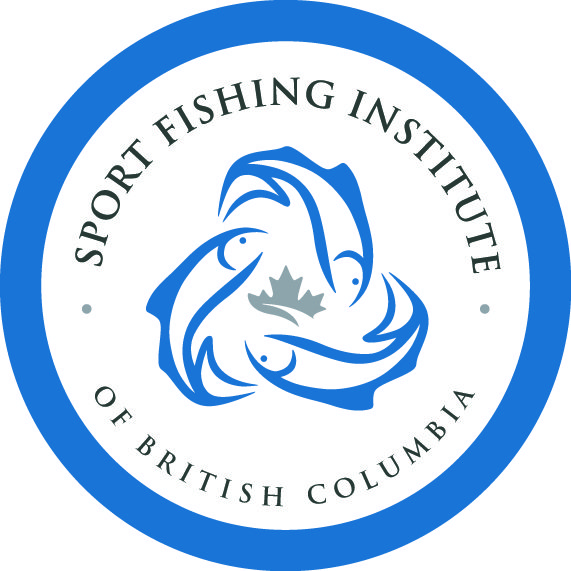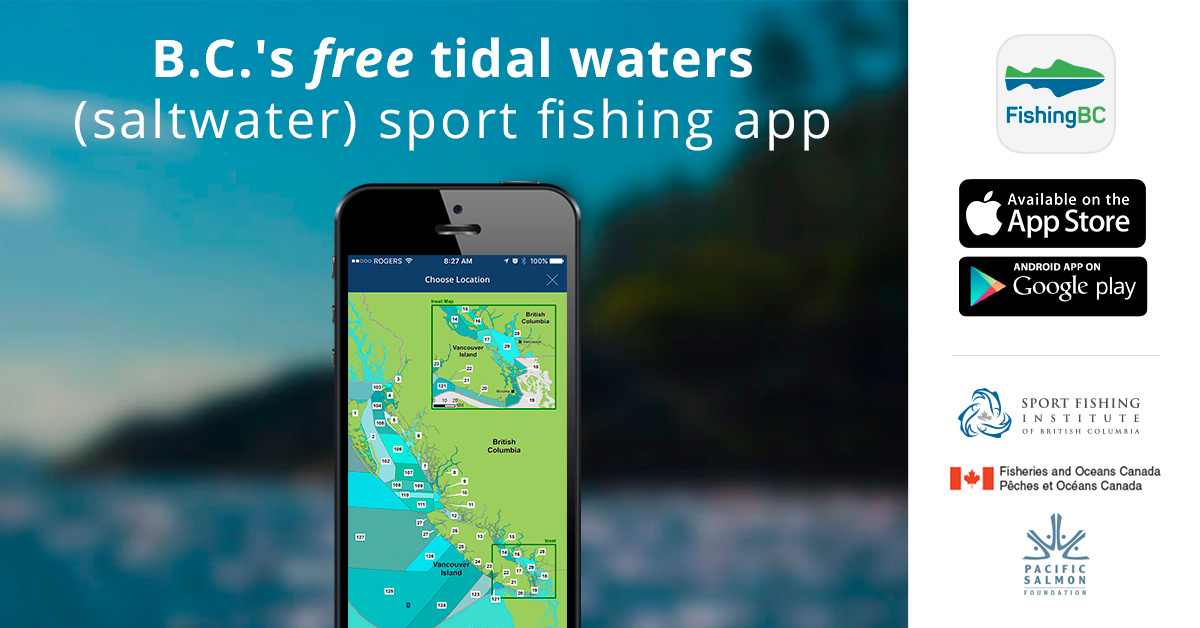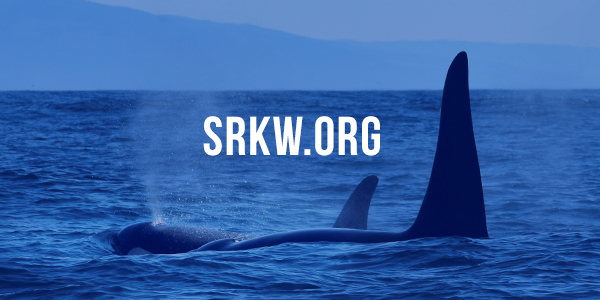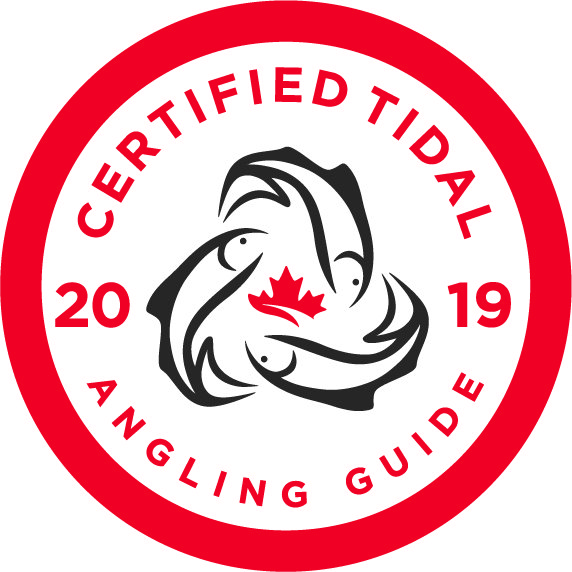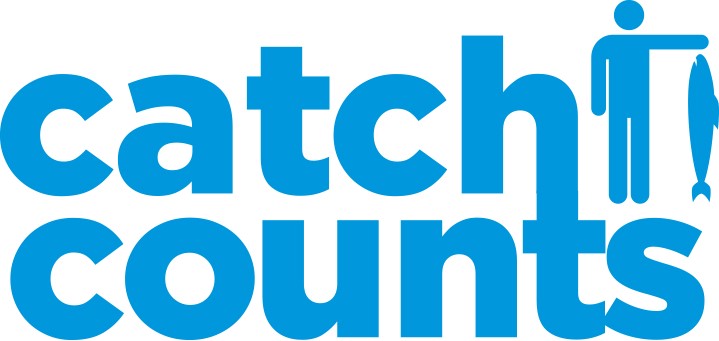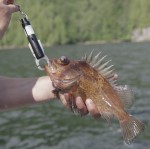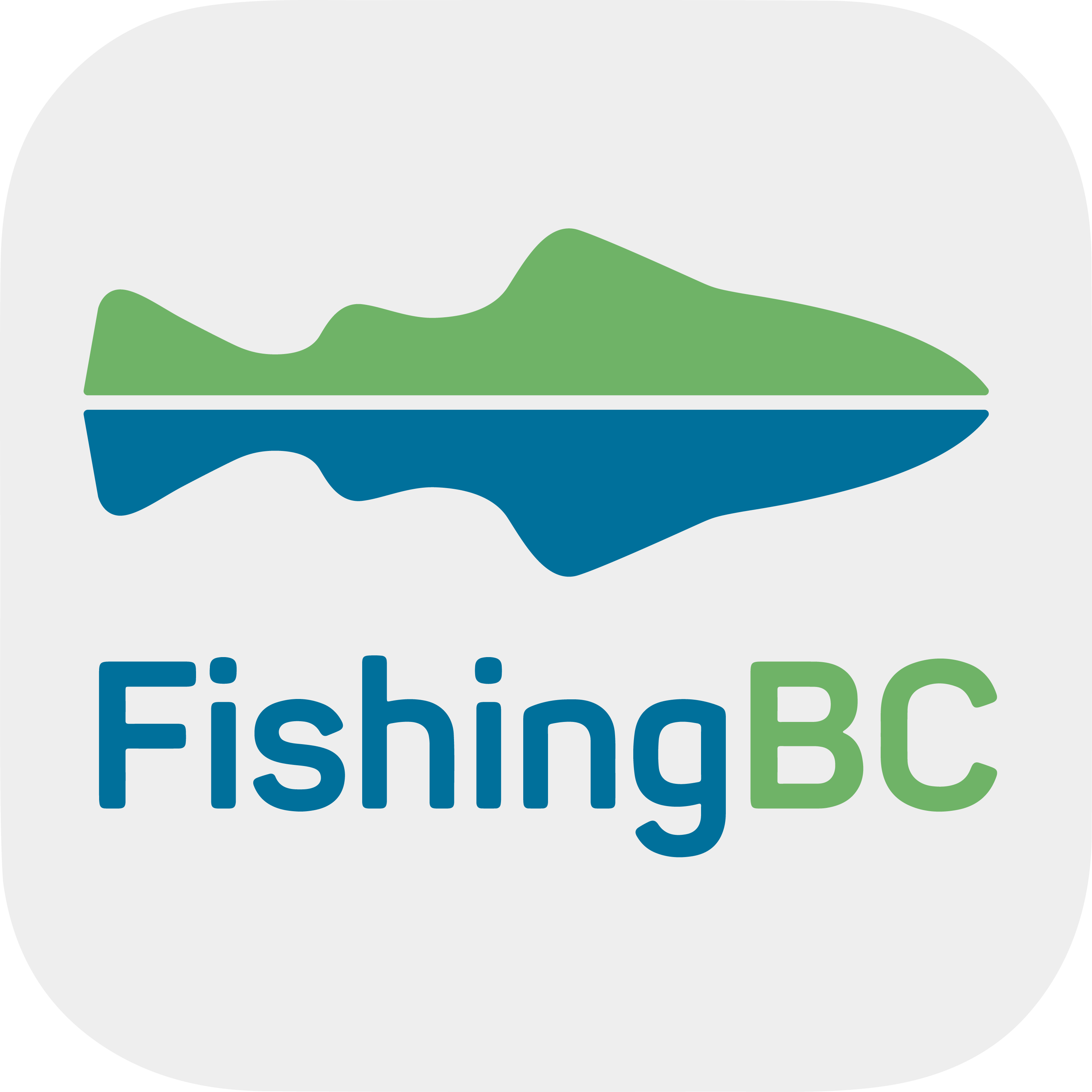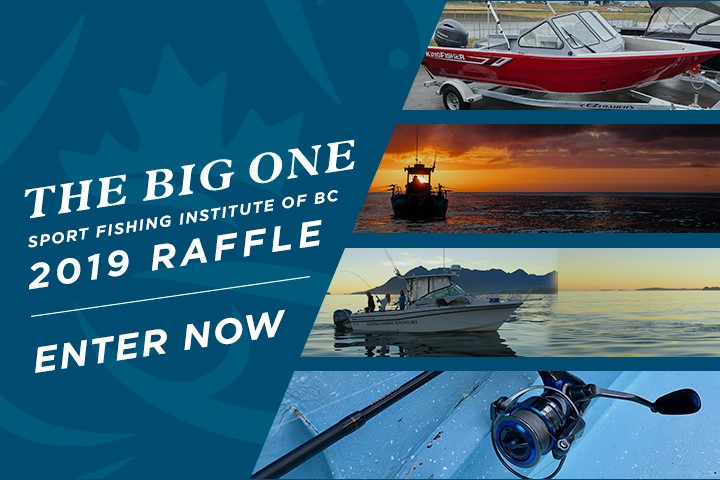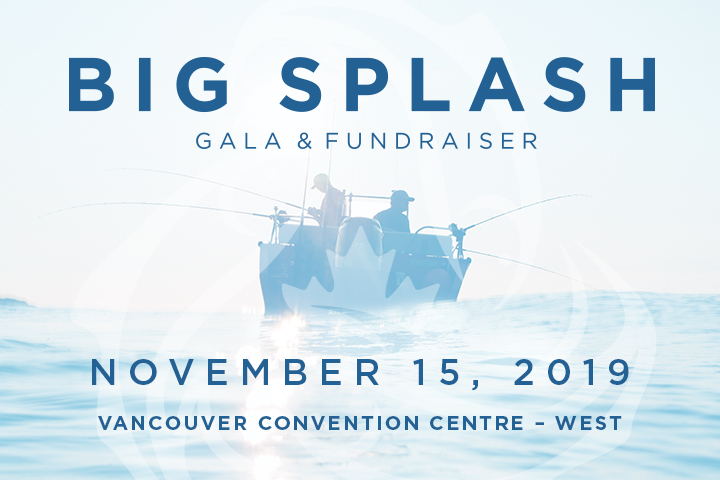Thanks Owen and Martin for lobby for us! you two are work horses!! so glad i'm a member of SFI.
http://www.ourcommons.ca/DocumentViewer/en/42-1/FOPO/meeting-129/evidence#Int-10468570
http://www.ourcommons.ca/Committees/en/FOPO/StudyActivity?studyActivityId=10380159
Mr. Owen Bird (Executive Director, Sport Fishing Institute of British Columbia):
I will hand it off to Martin, but I'll begin.
Hello, and thank you for the opportunity to appear before this committee once again.
My name is Owen Bird and my colleague is Martin Paish. We're here to talk about the study of the regulation of the west coast fisheries, and we both represent the Sport Fishing Institute of British Columbia, or the SFI.
I'll take a moment to provide details about our organization and about the values of sport fishery in British Columbia and our continued interest in seeing the sector provided with appropriate resources to be effectively managed and to maximize opportunities. Martin will detail our concerns and specific experiences with quota.
The SFI is a non-profit association that represents the interests of 300,000 licensed tidal water anglers in B.C. and the hundreds of businesses that support them. According to the 2016 provincial sector report, sport fishing and related businesses produce $1.1 billion in annual sales and create more than 9,000 jobs and 3,950 person-years of employment, resulting in a $398-million contribution to the province's GDP.
Sport fishery is the single largest economic driver of all B.C. fisheries, even though anglers take only 15% of the annual halibut catch and less than 10% of the annual salmon harvest. As of 2010, the last update to the Fisheries and Oceans national recreational fishing survey—a survey that has been conducted every five years since 1975—said the sport fishing contribution to the Canadian economy was $8.3 billion annually. Yet efforts by the department to entrench reliable opportunity for the recreational sector—a very different requirement than for purely harvest-based fisheries—have been minimal.
It has long appeared that the ability to meet the unique needs of the recreational sector are affected by the predisposition of the department to focus on the management of commercial fisheries. While it is acknowledged that the largest harvester should receive the greatest attention, we believe it is also reasonable that the fishery that produces a significantly higher value per fish, is responsible for only an estimated 4% of all fish harvested in Canada and touches the lives socially and economically of millions of Canadians would receive an appropriate level of dedicated resources to manage it to best advantage.
In recognition of the different needs of the sector—reliability and opportunity—it would be reasonable to consider fishing plans with those needs in mind. However, what we've seen over many years and by governments previous to this one is diminished funding and attention to the recreational sector. As an example, while national policy and fisheries management directives explain that catch monitoring is critical to sound management, the funds made available for those purposes for the recreational sector have been continually eroded.
However, we continue to be optimistic that the recreational vision—a co-operatively developed proposal to provide appropriate funding to the management of recreational fisheries and to recognize the values and unique needs of the sector—will be adopted and implemented.
Mr. Martin Paish (Director, Business Development, Sport Fishing Institute of British Columbia):
Hello.
The recreational fishery experience with quotas and owner-operator issues has been limited, to this time, to priority access discussions specifically with regard to chinook and coho salmon and to the halibut fishery, its quota-based allocation policy, and the XRQ licence. It's with halibut where first-hand experience with quota provides an opportunity to comment and offers an example of how ill-suited the recreational sector is to quota-based scenarios and to establishing access through quota acquisition.
The recreational sector is dependent on reliable opportunity. While it's understood that quota is an effective and likely necessary tool for managing commercial fisheries, it is, in the case of the recreational sector, a limiting and unnecessarily divisive factor. The halibut quotas established in 2003 and 2012 did not fully recognize the needs of the recreational sector, and, as halibut biomass is lowered, the percentage-based access has significantly compromised the ability of the sector to generate maximum benefit from the resource by eroding reliable opportunity and increasing uncertainty and instability.
The halibut licence experimental licence pilot program, or XRQ, is a by-product of an attempt to integrate recreational fisheries into a quota system. DFO's insistence that it could establish a successful market-based transfer mechanism through the temporary leasing of commercial quota to recreational anglers has been, by any measure, a failure. The program is struggling, both because it reinforces the notion that the opportunity to catch a halibut is a private property right that can be bought and sold and because it mixes commercial and sport-caught fish in a way that creates conflict, confusion and discord.
Since its inception, the program has seen minimal use—in fact, only two-tenths of 1% of the Canadian TAC in 2018—not because there is no desire for more access but because there is a general understanding amongst anglers that the program is misguided and problematic on many levels. The level of accountability for the catch and use of the XRQ quota is limited to the point of being inappropriate. Loopholes for abuse abound.
The cost to the department to administer and enforce the program, particularly during periods of reduced DFO resources, has been of great interest to the SFAB, and yet requests to know what has been invested in this program and what the returns on these efforts are have not been satisfied. To explain further, the XRQ licence allows anglers who can afford to lease commercial quota to fish when the season is otherwise closed and to exceed established bag and size limits, which, to a fault, contradicts both the spirit and intent of the B.C. sport fishing regulations.
The XRQ licence does not provide additional opportunities for the recreational sector as intended. Rather, it establishes a two-tiered system that provides extra fish to wealthy individuals or opportunists. How is it appropriate that a common property resource is controlled by a small group of speculators who also have the right to lease it back to Canadians, so that they can catch more than the legal bag limit and fish outside the normal season, when those who can't afford the quota and are likely fishing for food are restricted by slot limits and closed? It is totally unfair and represents a perversion of what a public fishery based on a common property resource should rightly be. It is our strong position that the XRQ licence is an experiment that needs to end.
The two fisheries have different needs. The commercial sector needs a volume of landed fish to sell over a season. The allocation available helps to set the price commercial fishermen can charge for their catch. The recreational fishery needs an ability and opportunity to catch halibut during a predictable season that allows for planning and related spending for visiting and local anglers and the businesses that provide fishery-related goods and services to them. For the recreational fishery, the balance between certainty, stability and access to a reasonable season length is what drives its value to Canadians. When access is diminished by shortened seasons due to a lack of quota, the small coastal communities feel the pinch in a very real sense.
It is our position that the current halibut allocation policy shows a lack of appreciation and understanding of the unique needs of our sector. Instead, it seems that the solution was provided from a purely commercial context. We believe that increasing the amount of quota allocated to the recreational fishery will allow it to optimize its significant social and economic value to Canadians. These benefits are typically felt in small coastal communities adjacent to the fishery. Unfortunately, there is no simple solution. We acknowledge that the investment and needs of active commercial fishermen need to be recognized and addressed.
Finally, our sector recognizes that halibut is but one fishery. It is a concern that what has happened with halibut may have implications for other species in the future.
Thank you for taking the time to listen to us. We would welcome additional attention to the recreational fishery, not only to maximize its value to Canada but also so that the department may better understand that quota-based management is a shoe that does not fit, in our case.



